
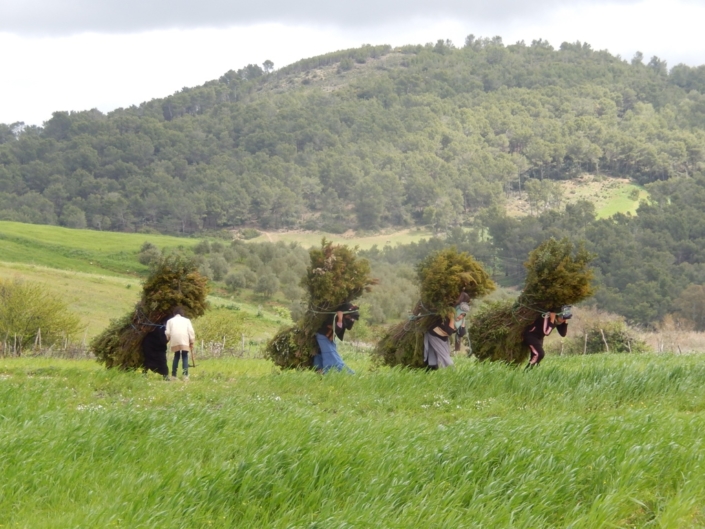
Finding firewood in deforested agricultural areas. (Tunisia)
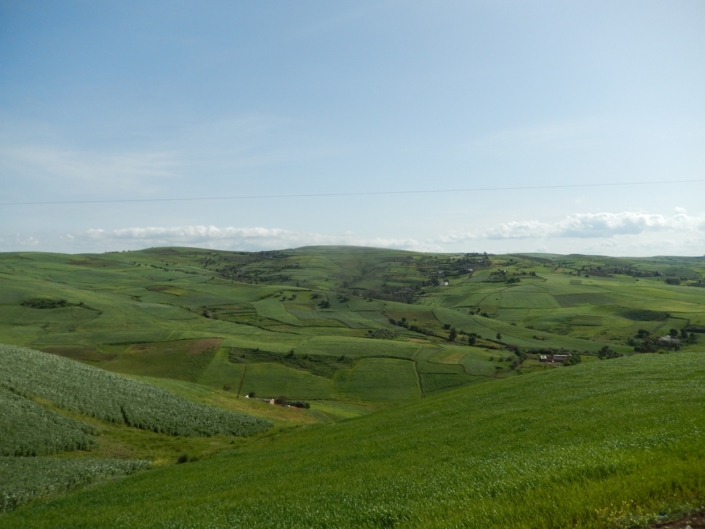
Illustration of fragmented small fields. (Tunisia)
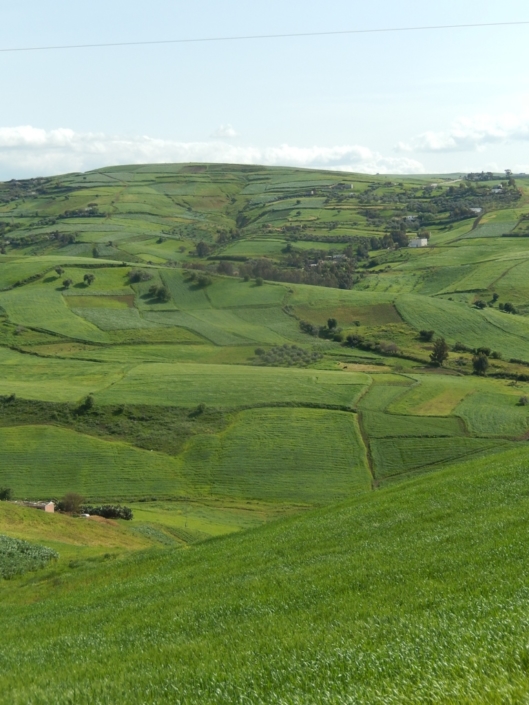
Illustration of fragmented small fields. (Tunisia)
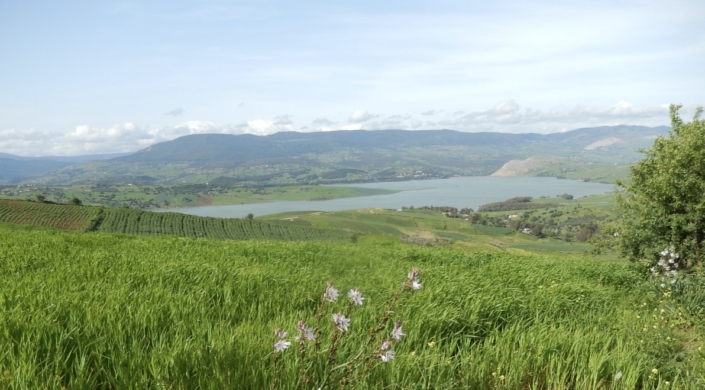
Beautiful landscape in Northern Tunisia.
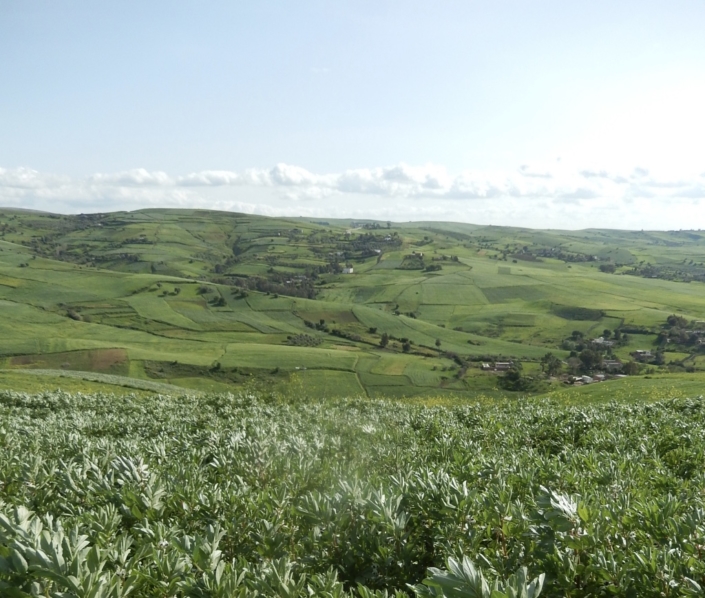
Fababean (foreground) is a common legume in high rainfall areas of Tunisia.

Rare sight of irrigated wheat. Vast majority of wheat production is rainfed in the Mediterranen Area. (Algeria)
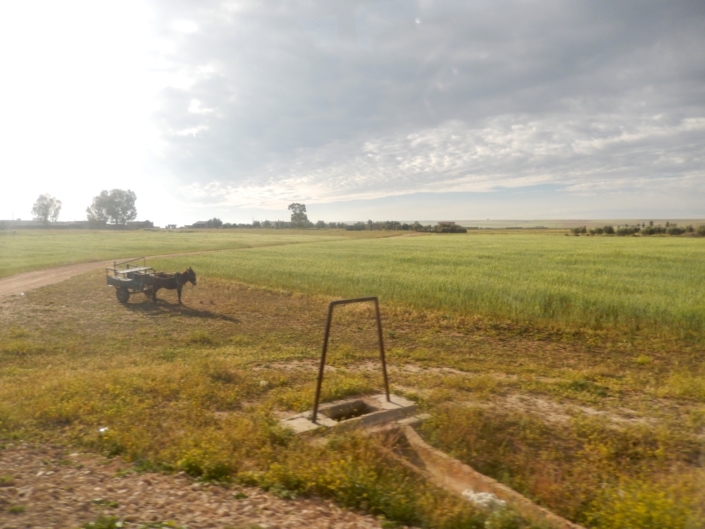
Animal power is still important in southern Mediterranen. (Morocco)
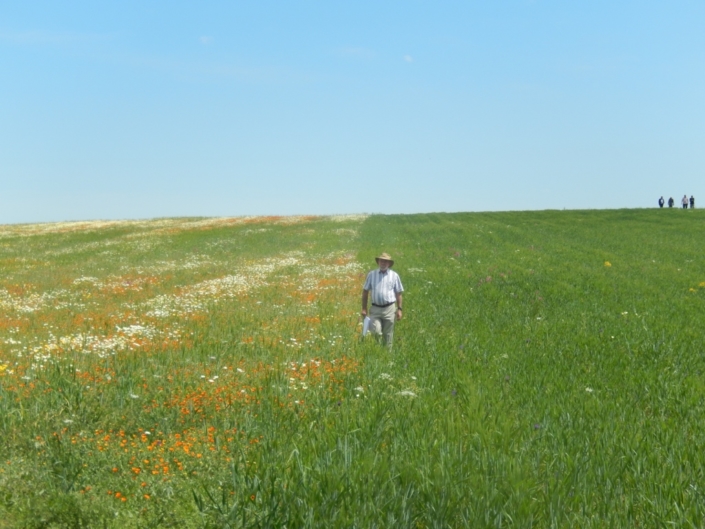
Weedy fallows help to maintain the floral diversity. (Morocco)

Weedy fallows help to maintain the floral diversity. (Morocco)
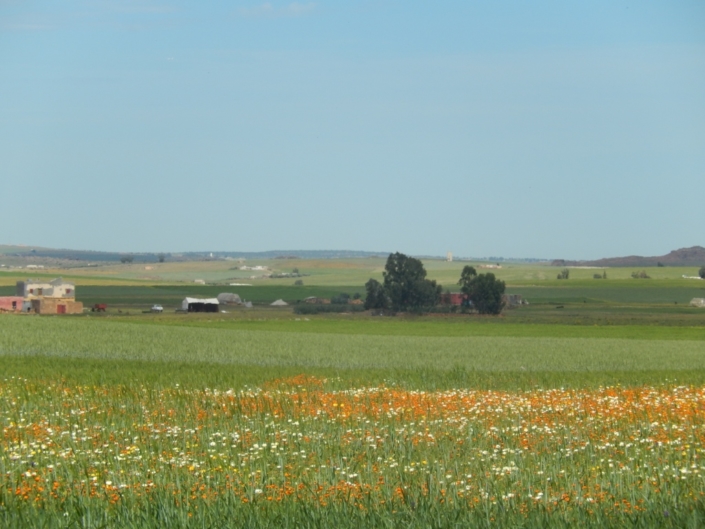
Weedy fallows (foreground) provide habitat for biodiversity. (Morocco)
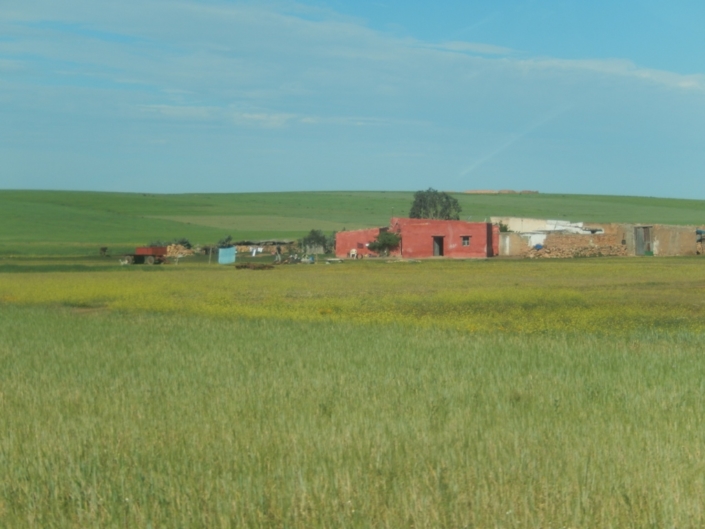
Weedy fallows are very common practice to replenish soil water and nutrients. (Morocco)
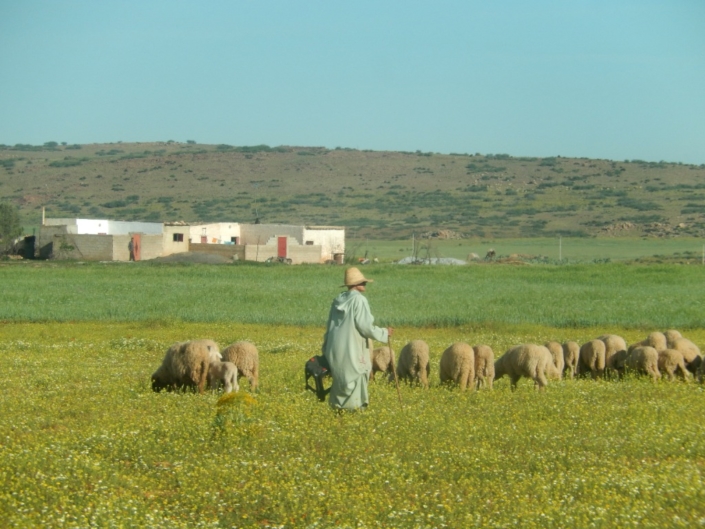
Weedy fallows (foreground) are major source of nutrition for livestock. (Morocco)
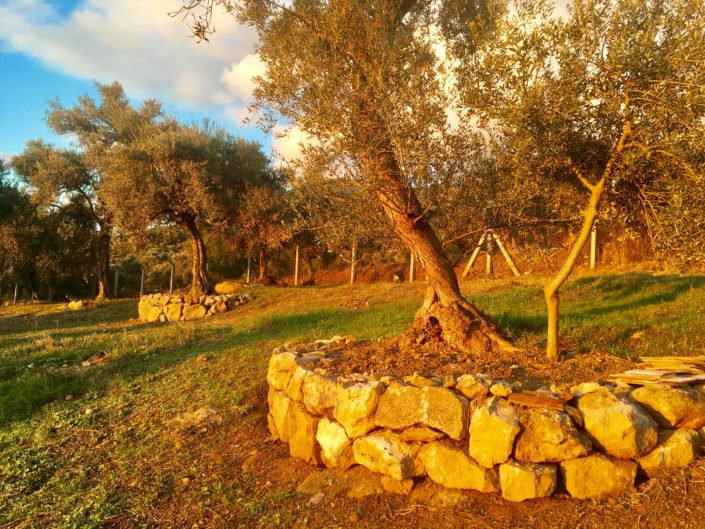
Olive orchard with CA management - no-tillage (Turkey)
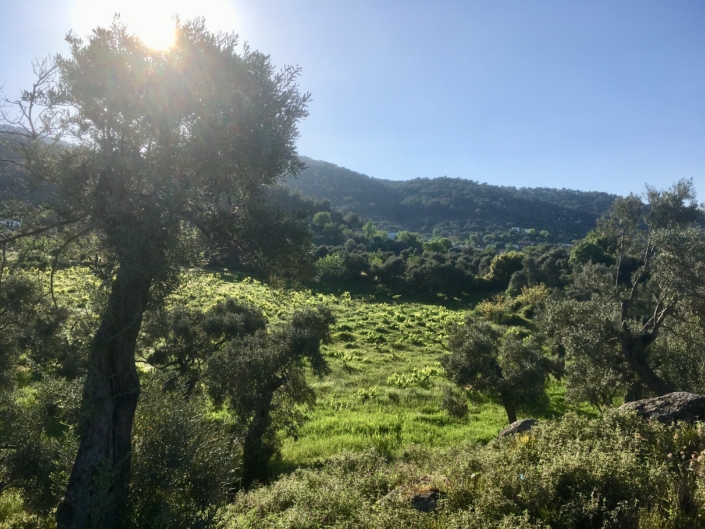
Olive orchard with CA management - no-tillage
(Turkey)

Livestock
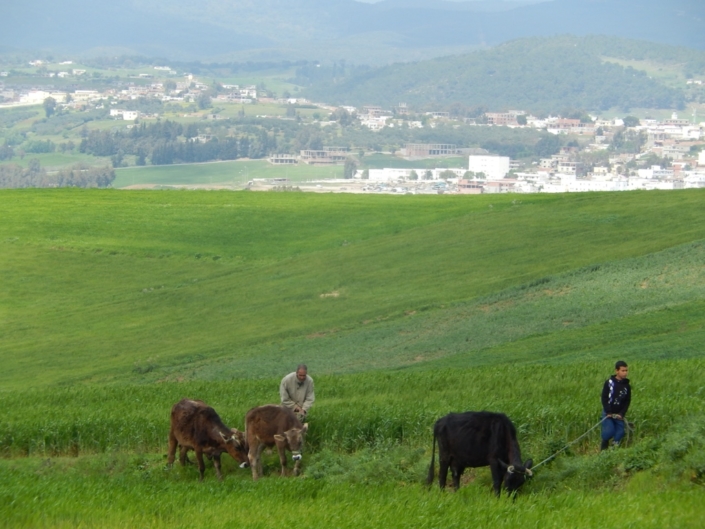
Controlled livestock grazing requires lots of labour. (Tunisia)
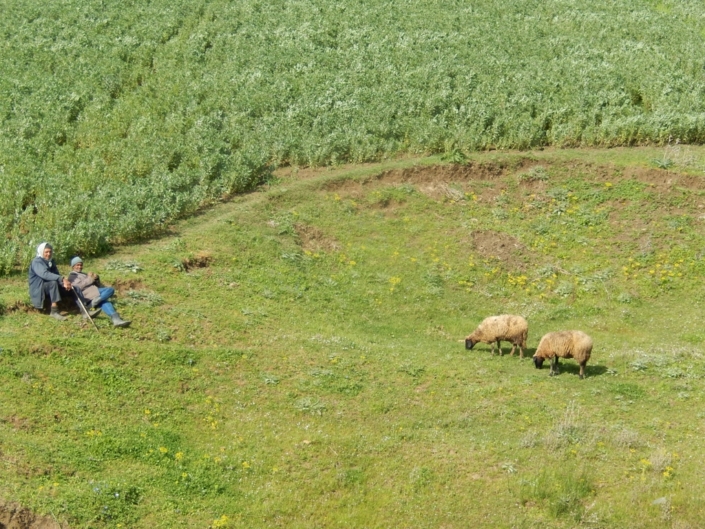
Cropland (Fababean in the background) must be protected from grazing livestock. (Tunisia)
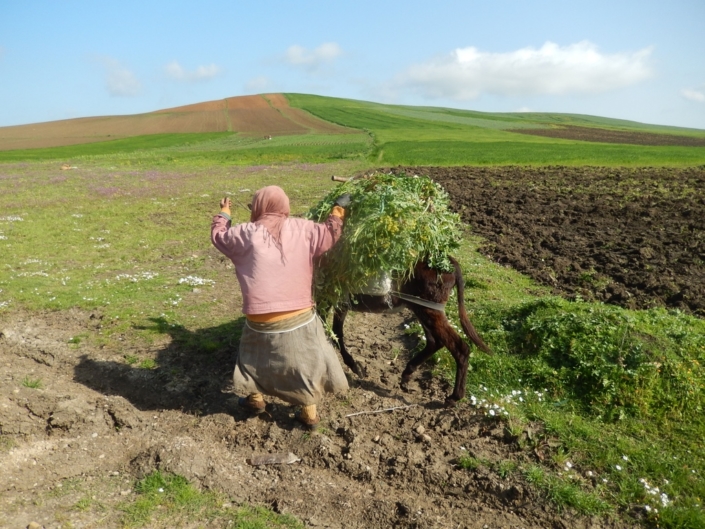
Forage is precious and hard to find. (Tunisia)
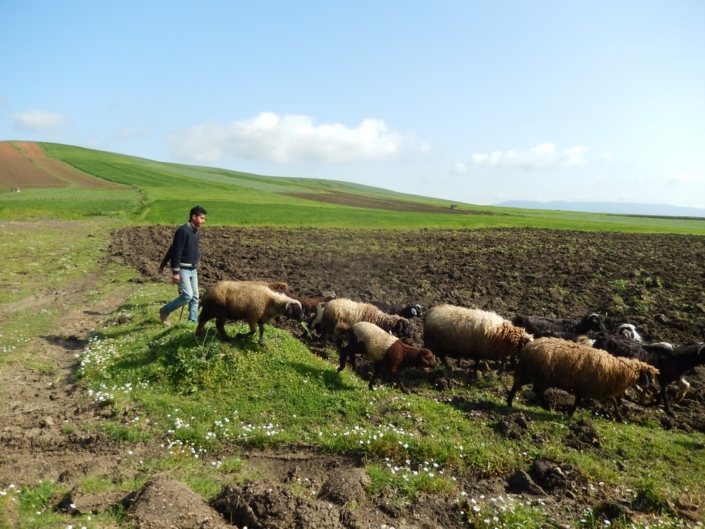
Shepperds have to keep their animals on the edges of the fields. (Tunisia)
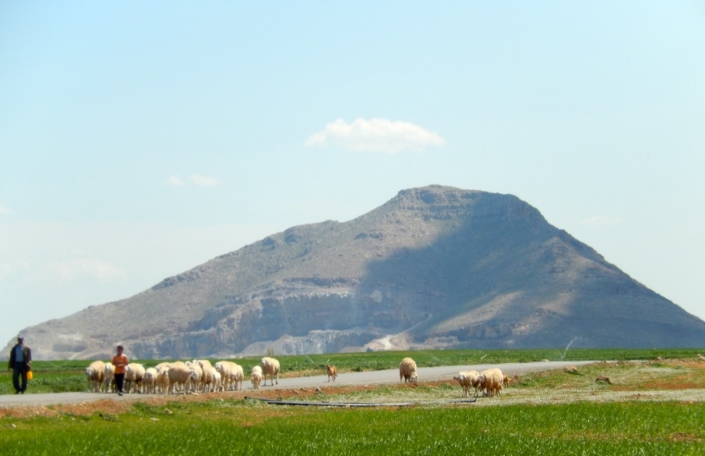
Livestock is the key element in southern Mediterranen agricultural landscapes. (Algeria)
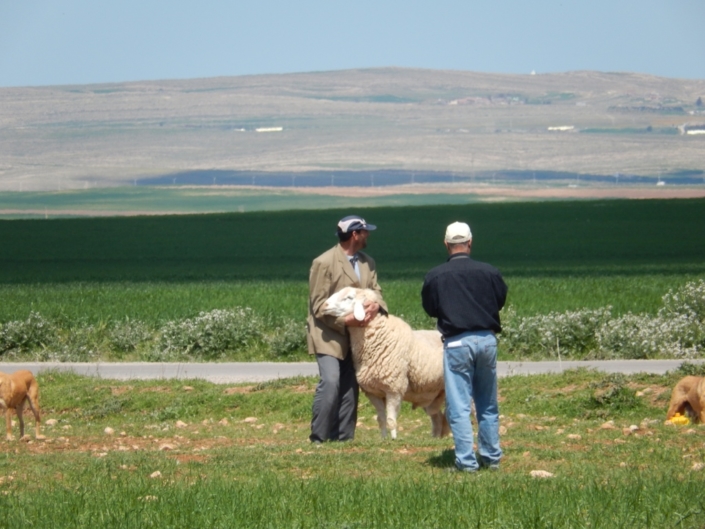
Livestock is the insurance in agricultural systems where monoculture wheat (background) poses high risks. (Algeria)

Weedy follows are major source of nutrition for livestock. (Morocco)

Animal power is still important in southern Mediterranen. (Morocco)

Weedy fallows (foreground) are major source of nutrition for livestock. (Morocco)

Livestock is the insurance in southern Mediterranen agricultural systems. (Morocco)
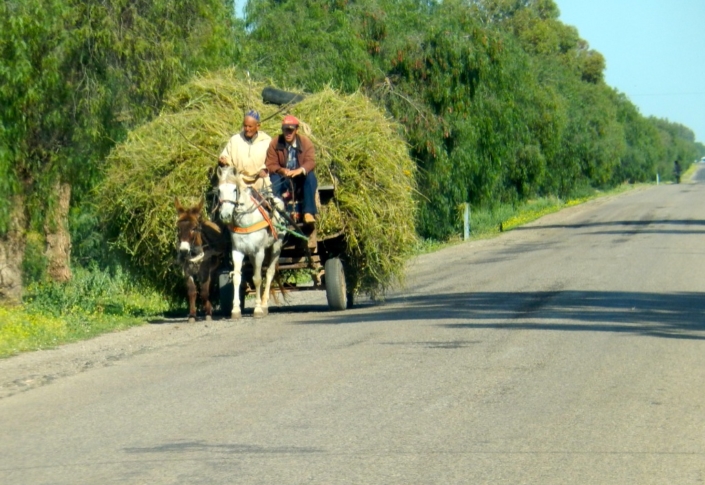
Forage is precious and hard to find. (Morocco)
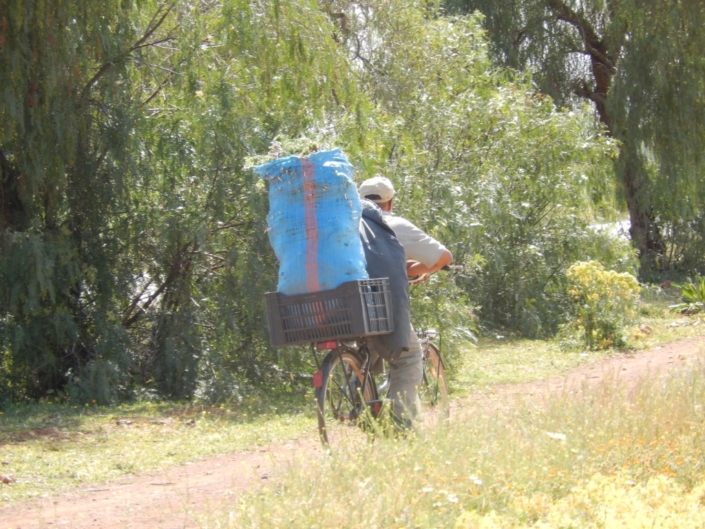
Forage is precious and hard to find. (Morocco)
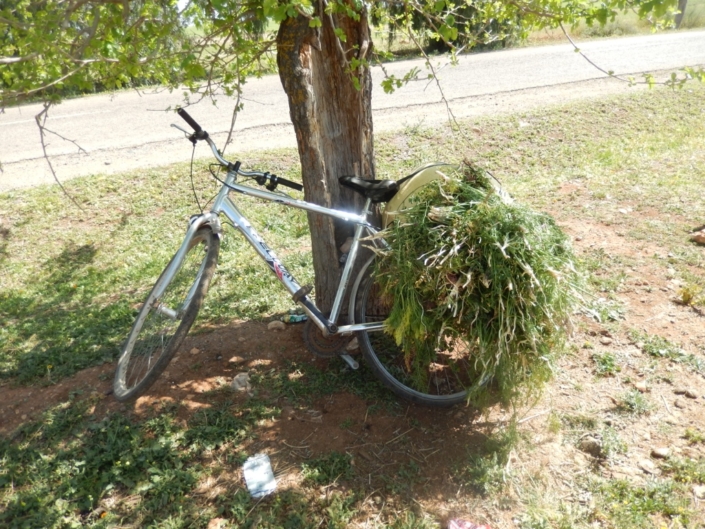
Forage is precious and hard to find. (Morocco)
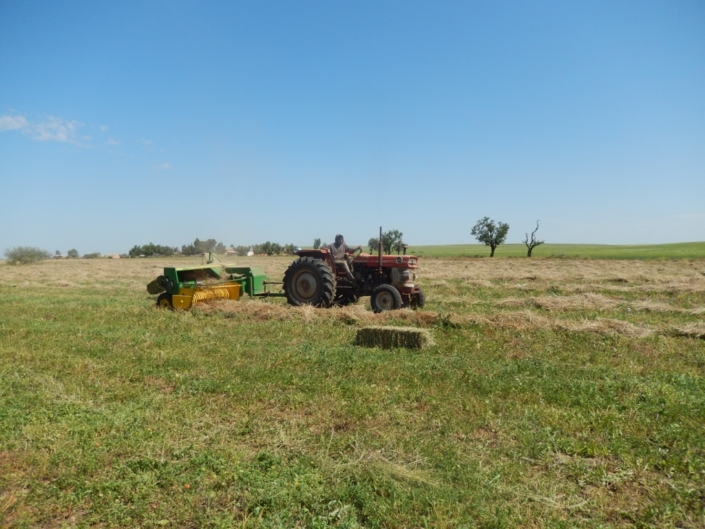
Contracting farmer is harvesting weedy fallow.(Morocco)
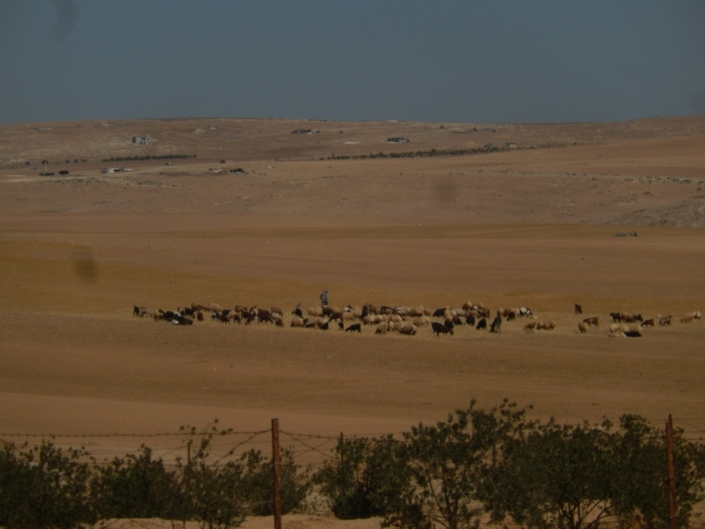
It is almost impossible to retain stubble in arid Meditteranean environments. (Jordan)
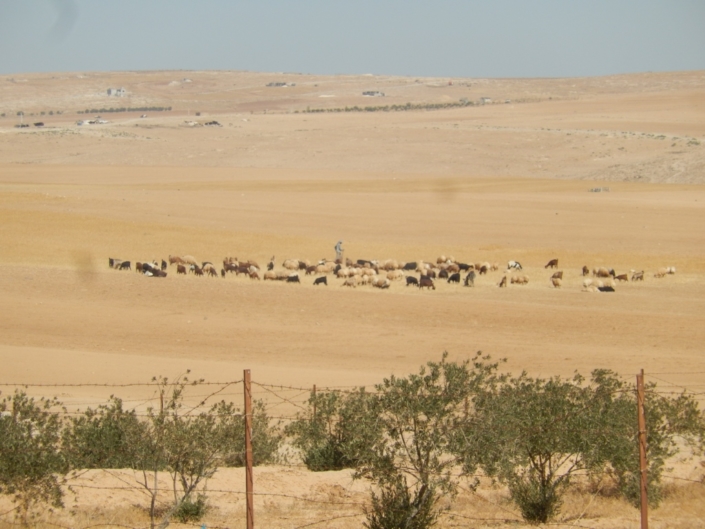
Whatever green available must be protected from livestock (foreground). (Jordan)

Livestock is almost consuming soil in the absence of crop stubbles. (Jordan)
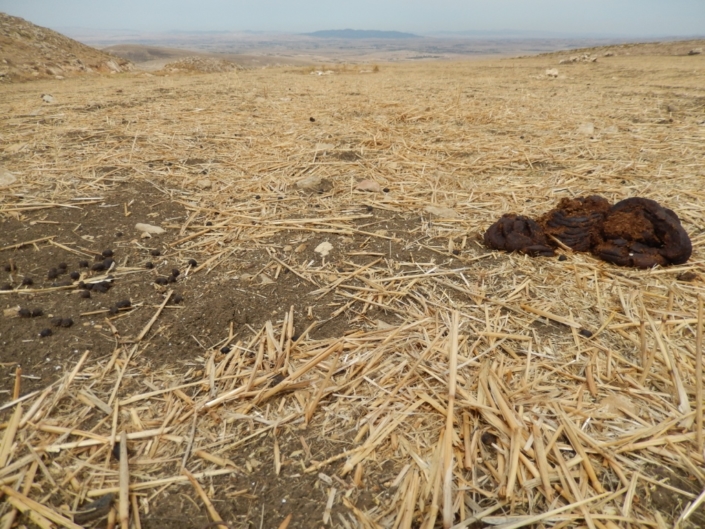
Nutrient cycling in grazed CA fields is important for crop productivity. (Tunisia)
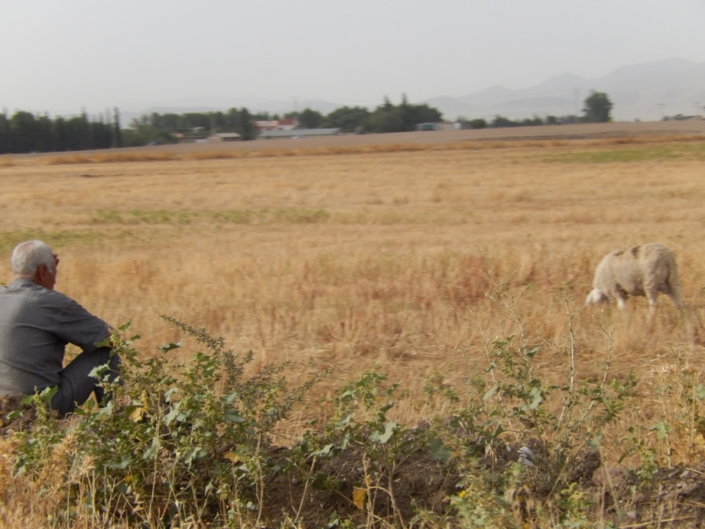
Shepperds have to keep their animals on the edges of the fields. (Algeria)
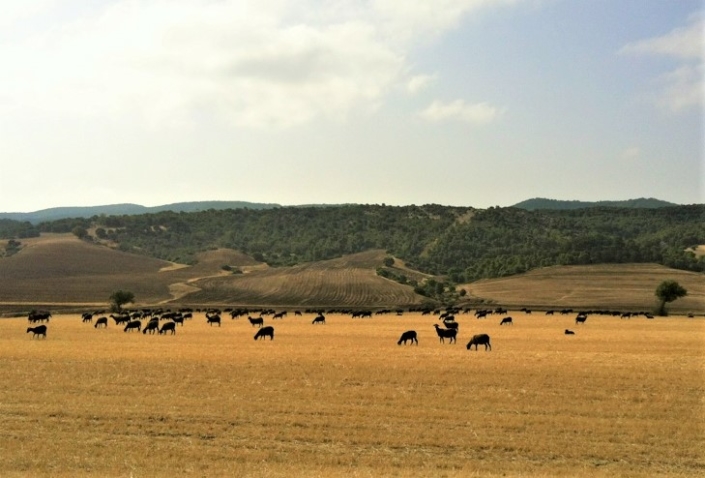
Livestock could be a very positive component of CA systems by regulating the stubble levels and controlling diseases. (Tunisia)
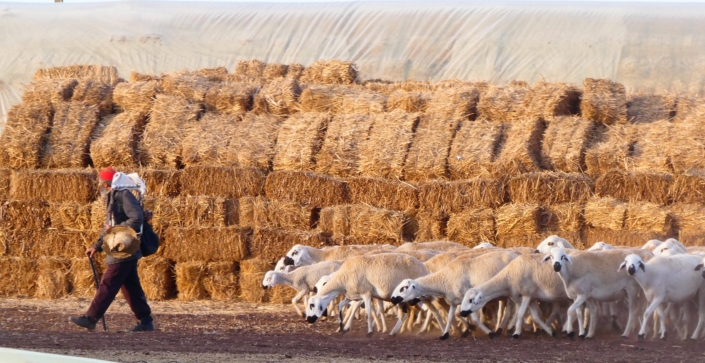
Cereal stubbles are major source of livestock feed (Morocco)

Crop Production
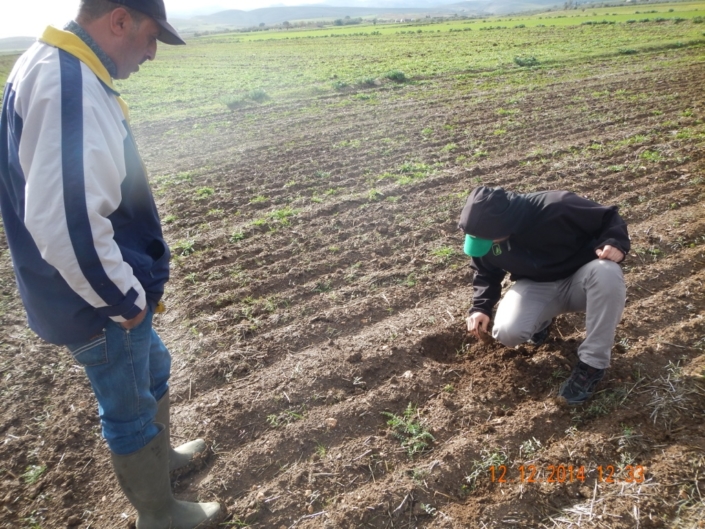
Investigating the crop establishment where the soil cover is suboptimal for CA. (Tunisia)
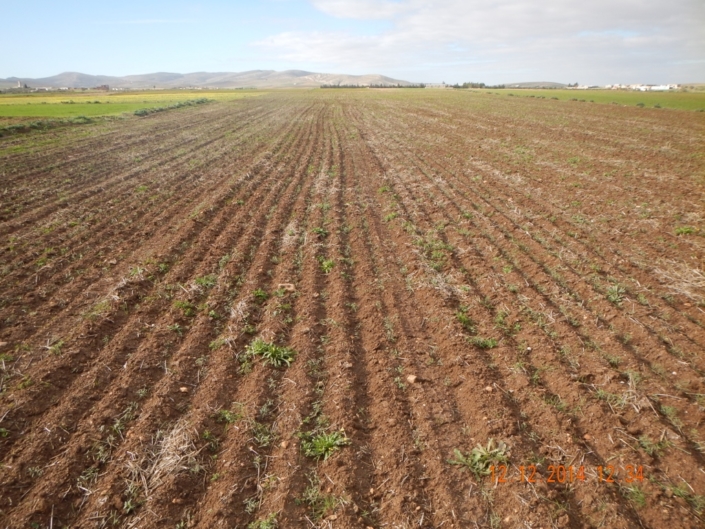
Little stubble left by livestock is further burried by high disturbance CA seeders. Suboptimal conditions for CA. (Tunisia)
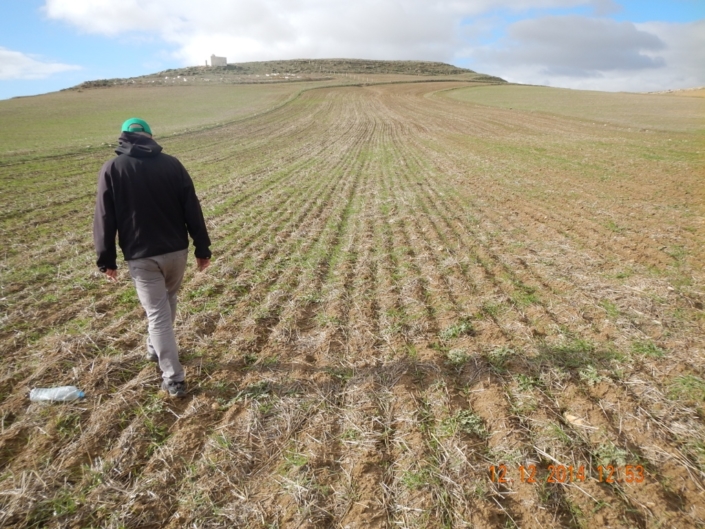
A typical residue levels in a recently seeded CA field. (Tunisia)
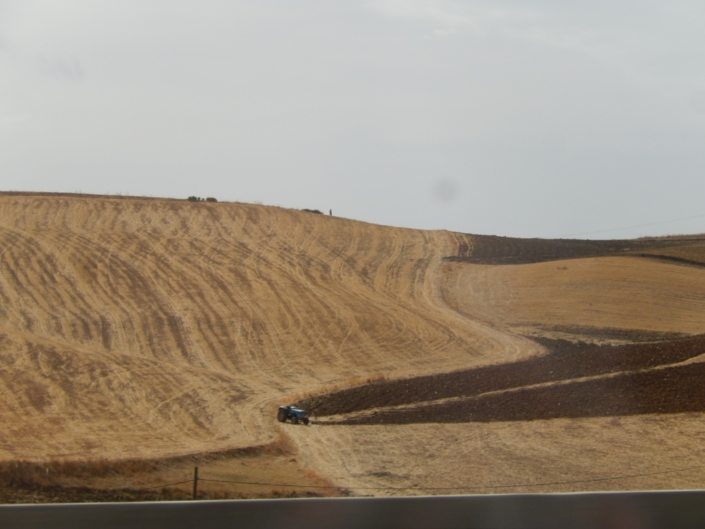
Stark contrast of tillage versus no tillage. (Tunisia) 2
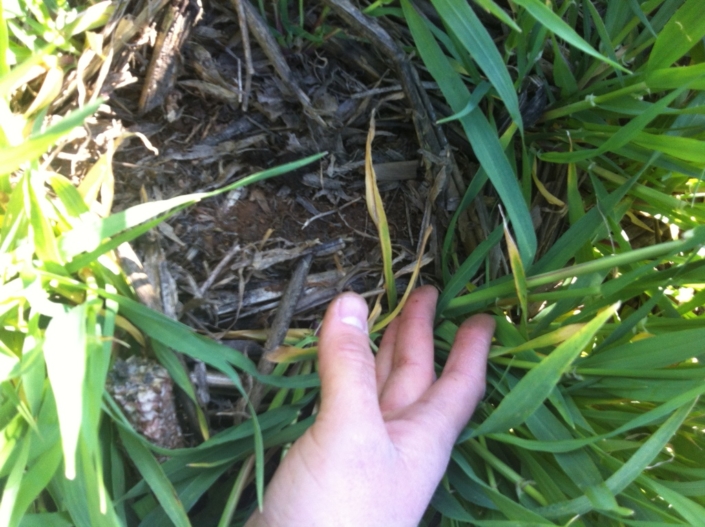
A very good example of CA wheat field with lots of stubble protecting the soil. (Spain)

A very good example of CA wheat field with lots of stubble protecting the soil. (Spain)
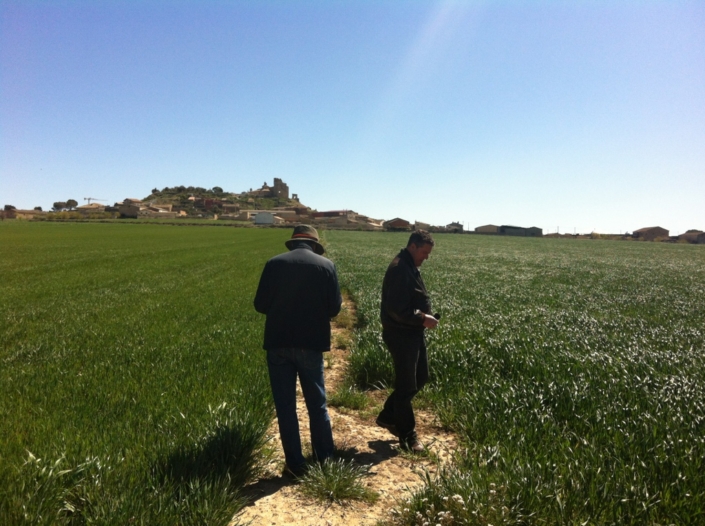
Well managed CA wheat fields (Spain)
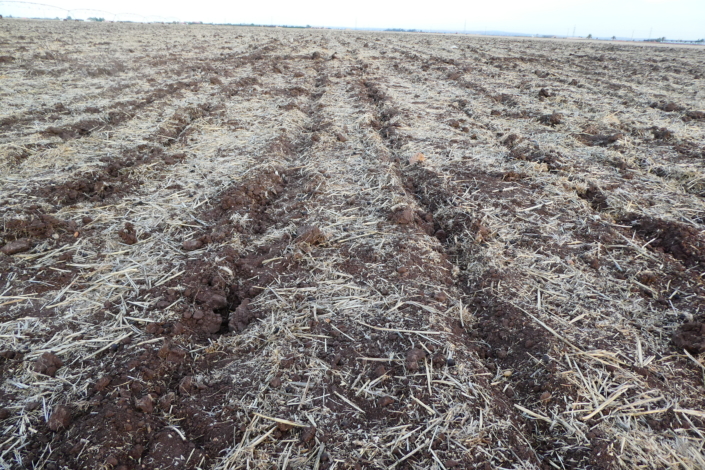
Recently seeded CA field (Morocco)

Machinery
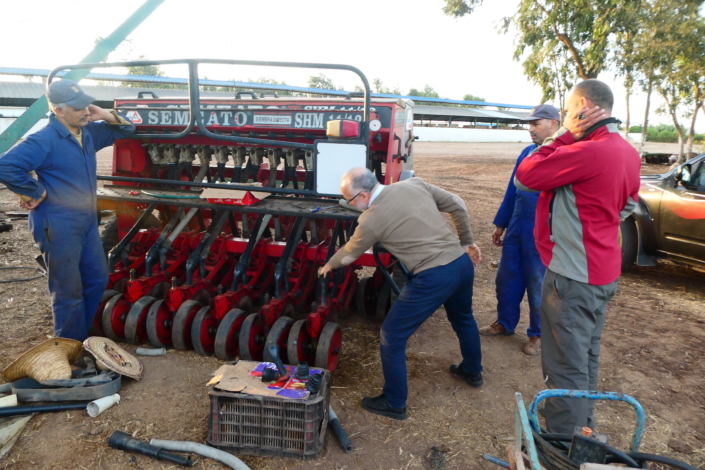
Maintentance and operation of CA machinery requires a good level of knowhow (Morocco)

Farmer Field School – Demonstration of Conservation Agriculture practices. (Turkey)
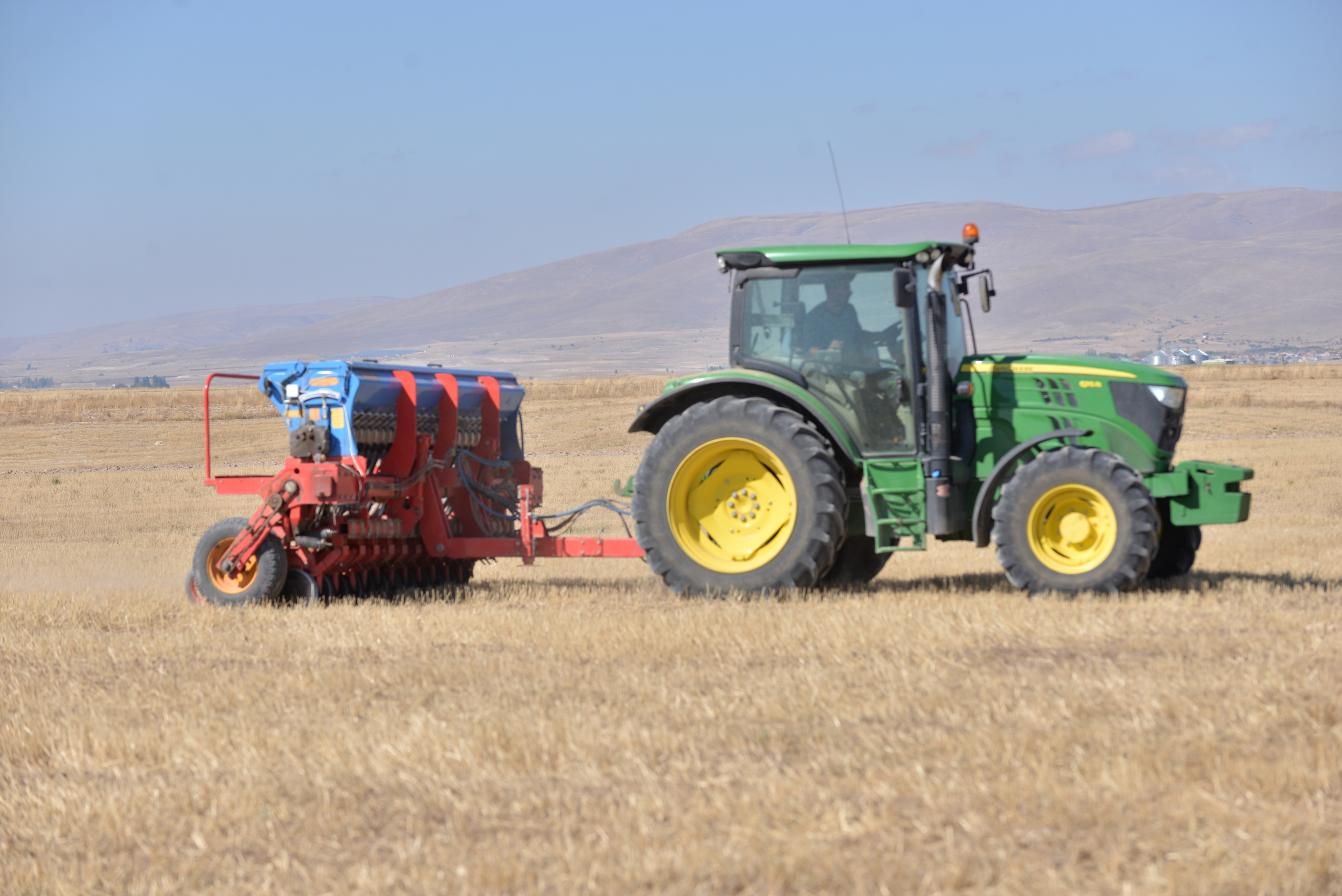
No-till drill demonstration on stubble field. (Turkey)

No-till drill. (Turkey)
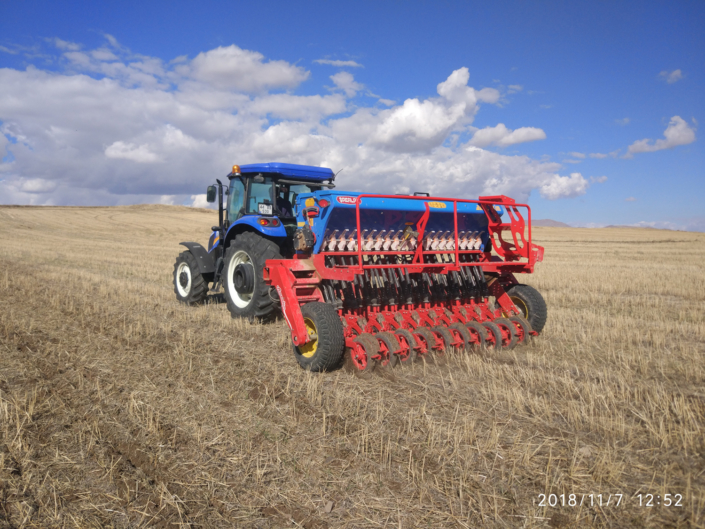
No-till drill. (Turkey)
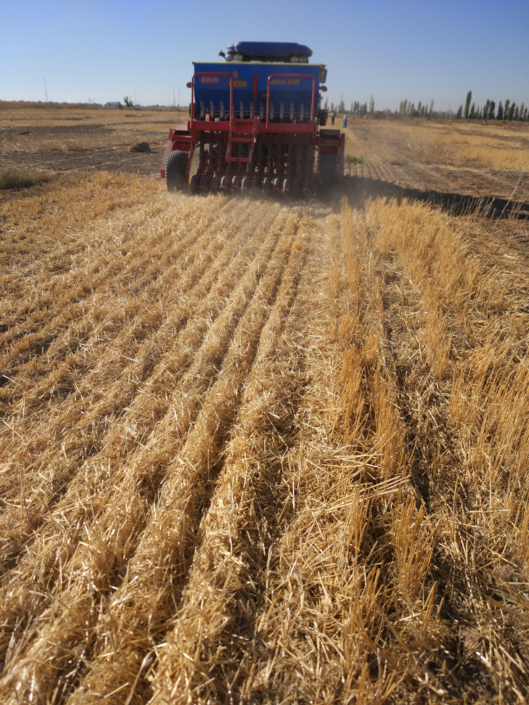
No-till drill. (Turkey)
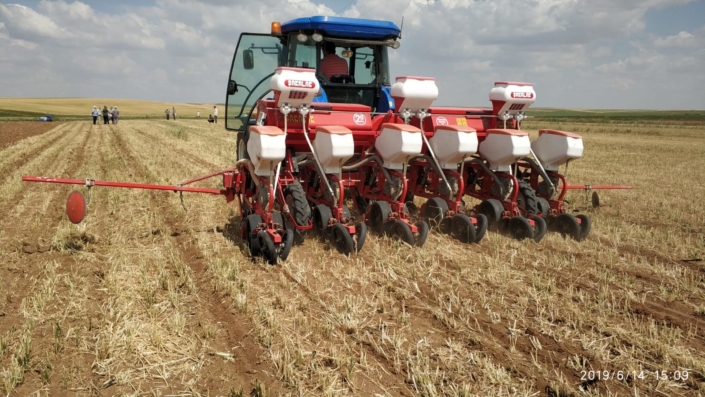
No-till drill row crops. (Turkey)

